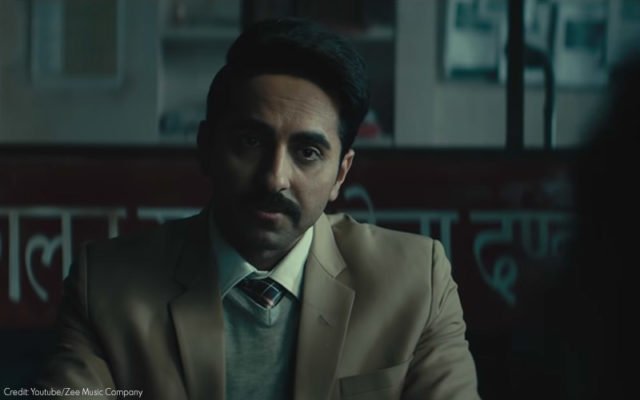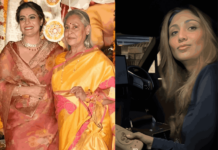A topic that the mainstream 300 crore club of Bollywood shudders to pick, is picked up and woven into a hard hitting and edgy murder thriller: Article 15.
This movie has the potential to make you break out of your cocoon and take you to the India that most have turned a blind eye to.

The movie revolves around an educated, typical “vilayet se lauta” optimistic Ayan (Ayushmann Khurrana) posted for the first time as an IPS officer in a rural village. The plot then takes us through the story from Ayan’s perspective; slowly revealing how realities can be twisted and problematic.
The title makes it clearer that movie is based on the reality of “equality” in India but what makes the movie exemplary are the minute details framed on celluloid to send across a strong message in minimal action and dialogues.
Here’s what makes Article 15 one of the finest in business when it comes to storytelling and depiction:
Bob Dylan vs Cultural folk song
The first five minutes takes you to a set of villagers singing and dancing to their cultural folk song in their very own way to find a happy life, while the background shows you glimpses of extreme poverty they are living in.
Cut straight from this scene to the Bob Dylan song “The answer my friend is blowing in the wind” playing in the background to a newly posted IPS officer Ayan, who for a while remains ignorant of the “answers” that probably the audiences already had.

The first five minutes foreshadowed the entire plot of the movie. The completely opposite lives of two sets of people, sharing the same society and country, is probably what Anubhav Sinha chose to speak with his choice of songs.
The Dusk And The Dawn
The story in majority of its timeline was picturized during dusk or dawn. Every major dark turn in the movie is revealed through the dark and misty background score.
This made the scenes even edgier and impacted the connection of the audience with the story.

Would I be over-analyzing to think that most dark revelations happened to be set in dark and misty settings to probably draw a link between the pictorial representation of the scene with its nature?
No matter what, the light of revelation and truth screeches through the silence of the night to hit Ayan.
Related: “Aakhir Kab Tak Jhadu Marenge”: Article 15 Showed Me The Difference Between Their Struggles And Mine
The Good Cop And The Bad Cop
The movie clearly draws a parallel between the different kind of civil servants and officers involved, successfully drawing a picture of the society.
Ayan despite his efforts, is not built on the image of a flawless “hero” or a typical “Singham”. He is shown to learn things as the story proceeds and is not here to save people, but to deliver his duties.

Manoj Pahwa as Brahmadatt is plainly a sick man. No arguments there. However, breaking away from the stereotype of the good and the bad is Jatav played by Kumud Mishra who despite being at the receiving end of the discrimination, begins by playing a part of it majorly due to his own personal prejudices.
The fact that lower castes are made to think that they don’t deserve to be equal to the upper caste and forces them to inflict injustice on themselves is exactly what the story tried to tell.
Article 15 Is The Answer
Similar to what happened in the movie where Ayan plainly puts up a copy of the Article on the board to speak exactly what he wanted to speak, Anubhav Sinha used the movie to speak exactly what he thought he should have spoken.
The movie answers every minute questions or attacks on the lower caste that I’ve been listening to, everyday of my life. A hard-hitting question like “sab samaan hojayenge to raja kaun banega?”, is answered in most basic and honest way, “raja kyu banana hai?”
Zeeshan Ayuub as Nishad and Shayani Ghosh as Gaura refuse to compromise and play a real “hero” in the story. While others have plainly given up and accepted discrimination as a way of life, we see these strong characters being the change that people demand.
Their love story adds more passion to the movie and draws a parallel with Ayan-Aditi, giving the story a different angle and perspective.
The film has reasoned out every argument that opposes equality with as much ease as possible. The reason why you stand for the national anthem before the movie, is exactly the reason why you need to watch this movie or perhaps try to know the dark realities of the country you and I dearly love.
Image Source: Google Images
Find The Blogger At: @Anam_Seraj
You May Also Like To Read:

























